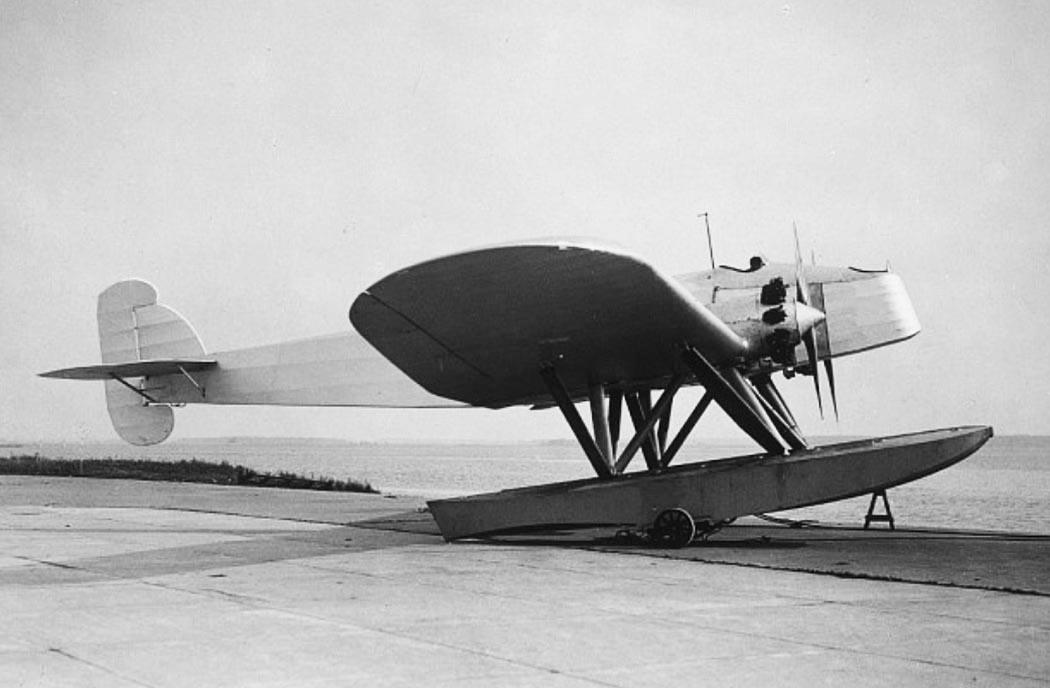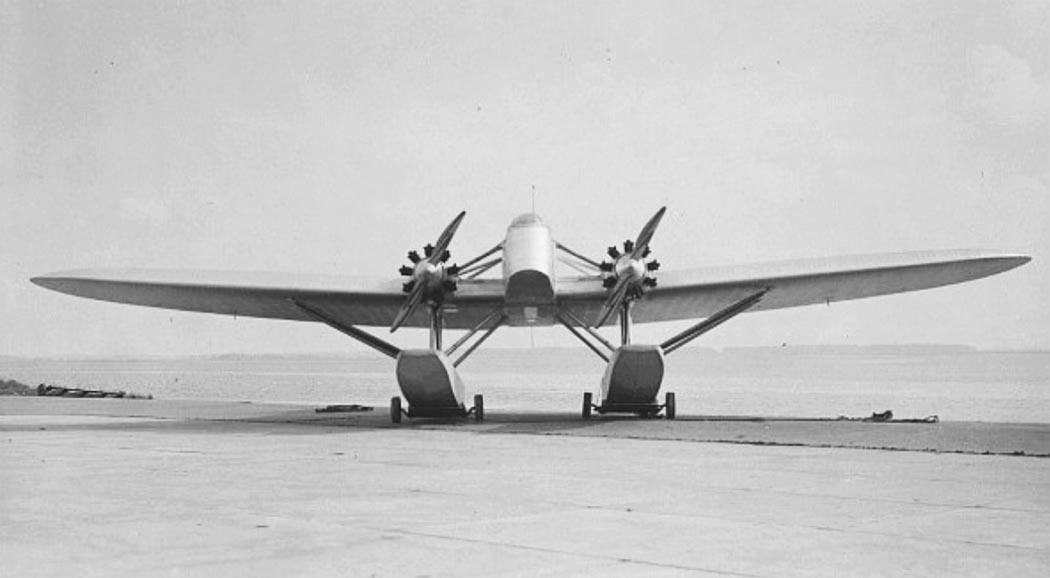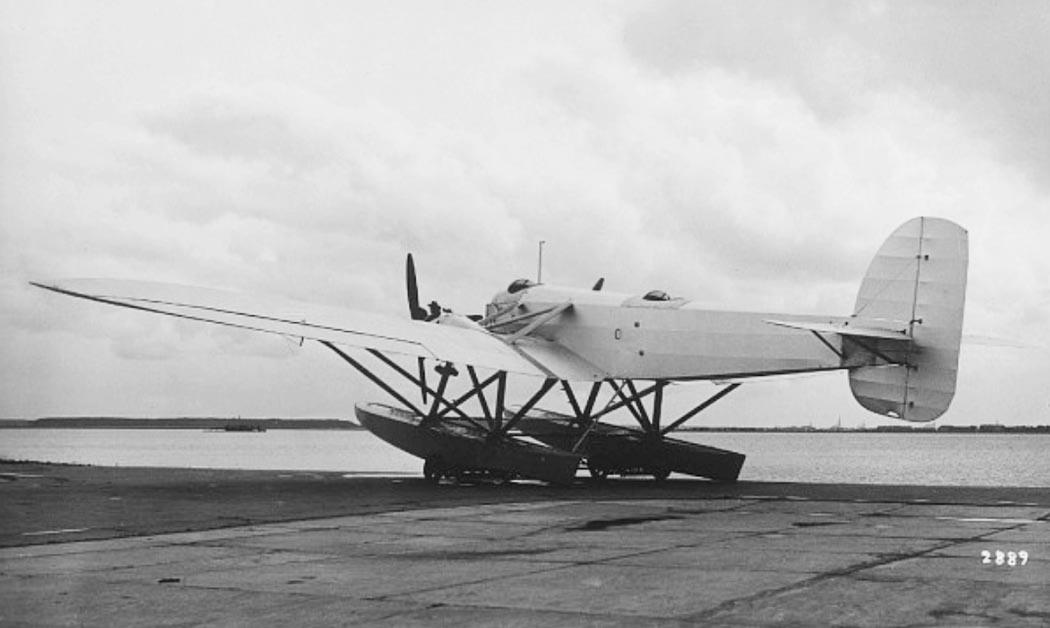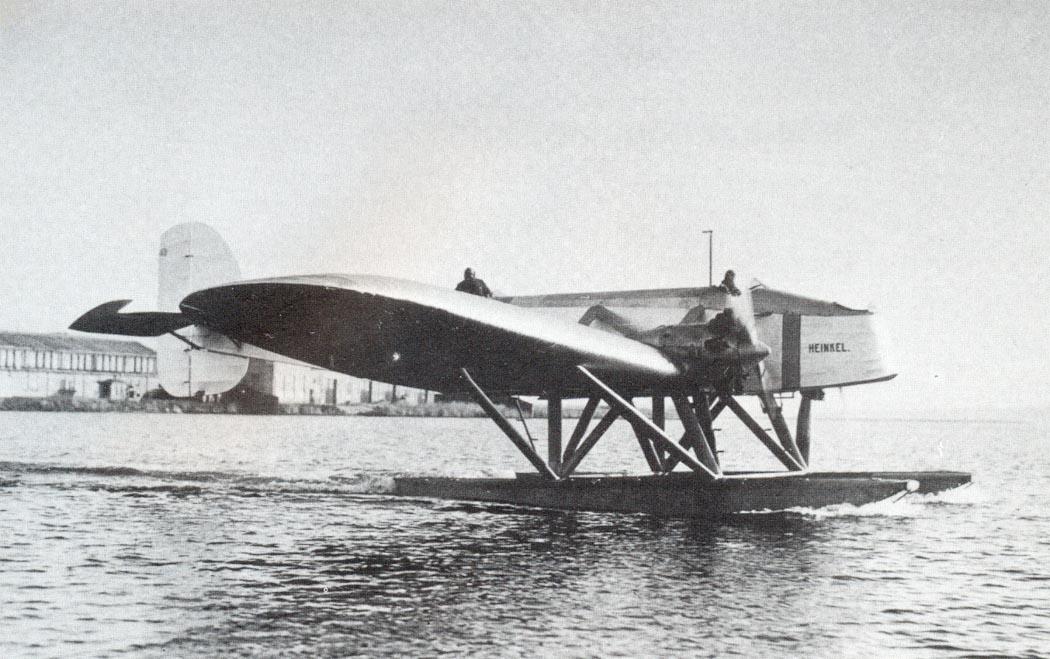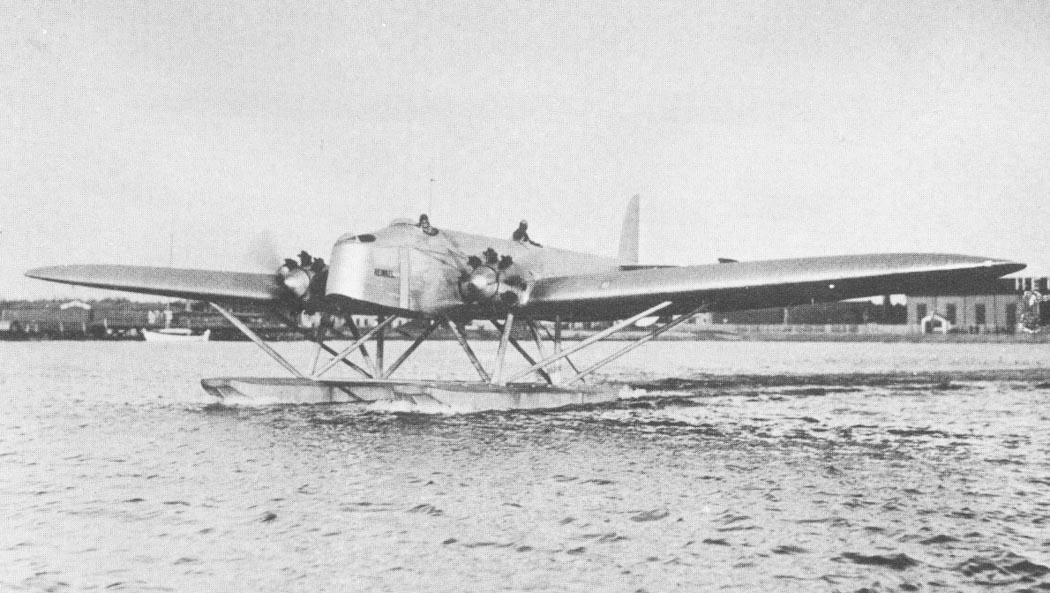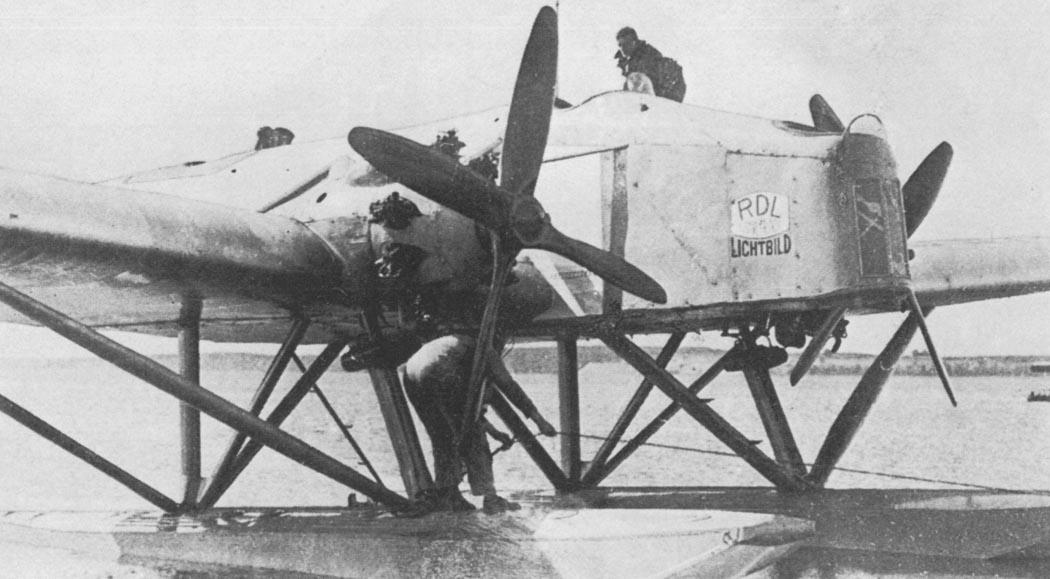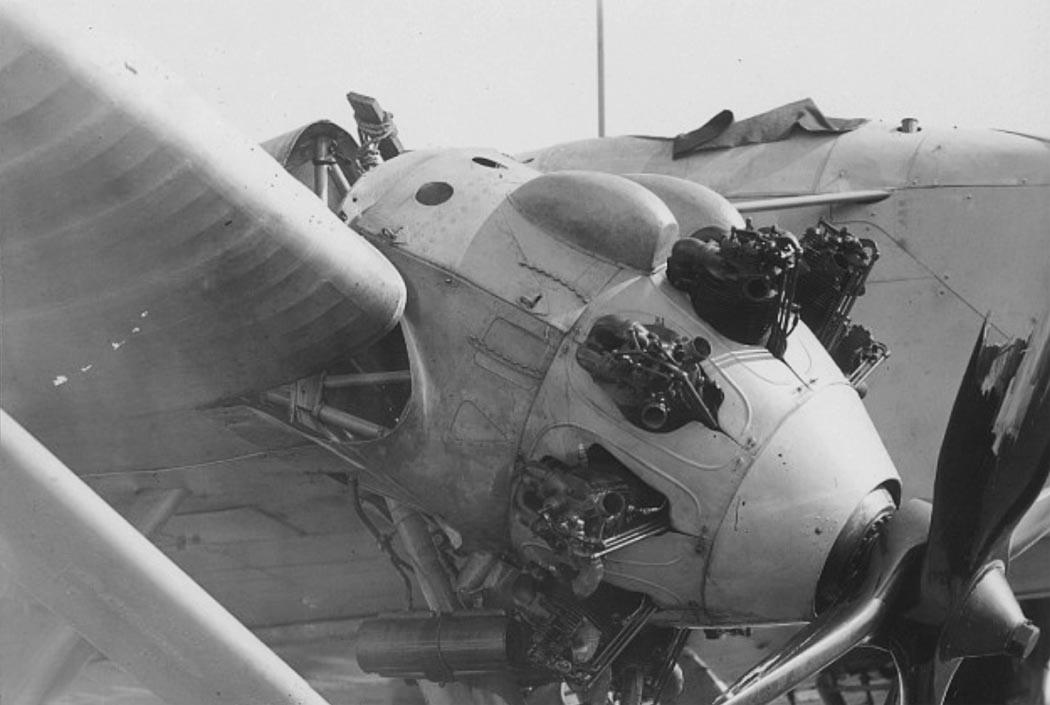| Type | 3-seat torpedobomber, anti-submarine and reconnaissance floatplane |
| Engine | 2 Gnome-Rhône Jupiter VI 9 AB |
| Dimensions | Length 16,00 m, height 4,25 m, span 24,00 m, wing area 93,42 m2 |
| Weights | Empty 3800 kg, loaded 6000 kg |
| Performance | Max. speed 200 km/h, cruising speed 175 km/h, service ceiling 2300 m, climb to 1000 m 5,9 min., landing speed 89 km/h |
| Armament | 2 movable machine guns, 1 torpedo or 1 37 mm cannon |
| Type | Werk.Nr | Registration | History |
| 26 |
D-1552 | First flight late Sept. 1927. Used at the Erprobungsstelle Travemünde and at the Torpedo-Versuchsstelle Eckernförde until it was scrapped in April 1937. Testing different versions of the Jupiter engine during this period. |
